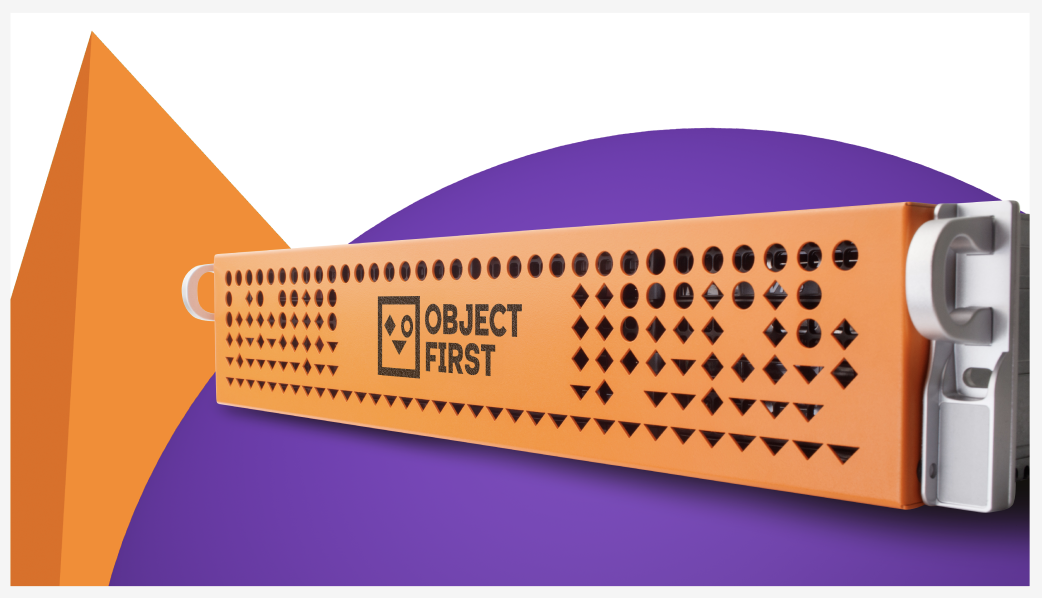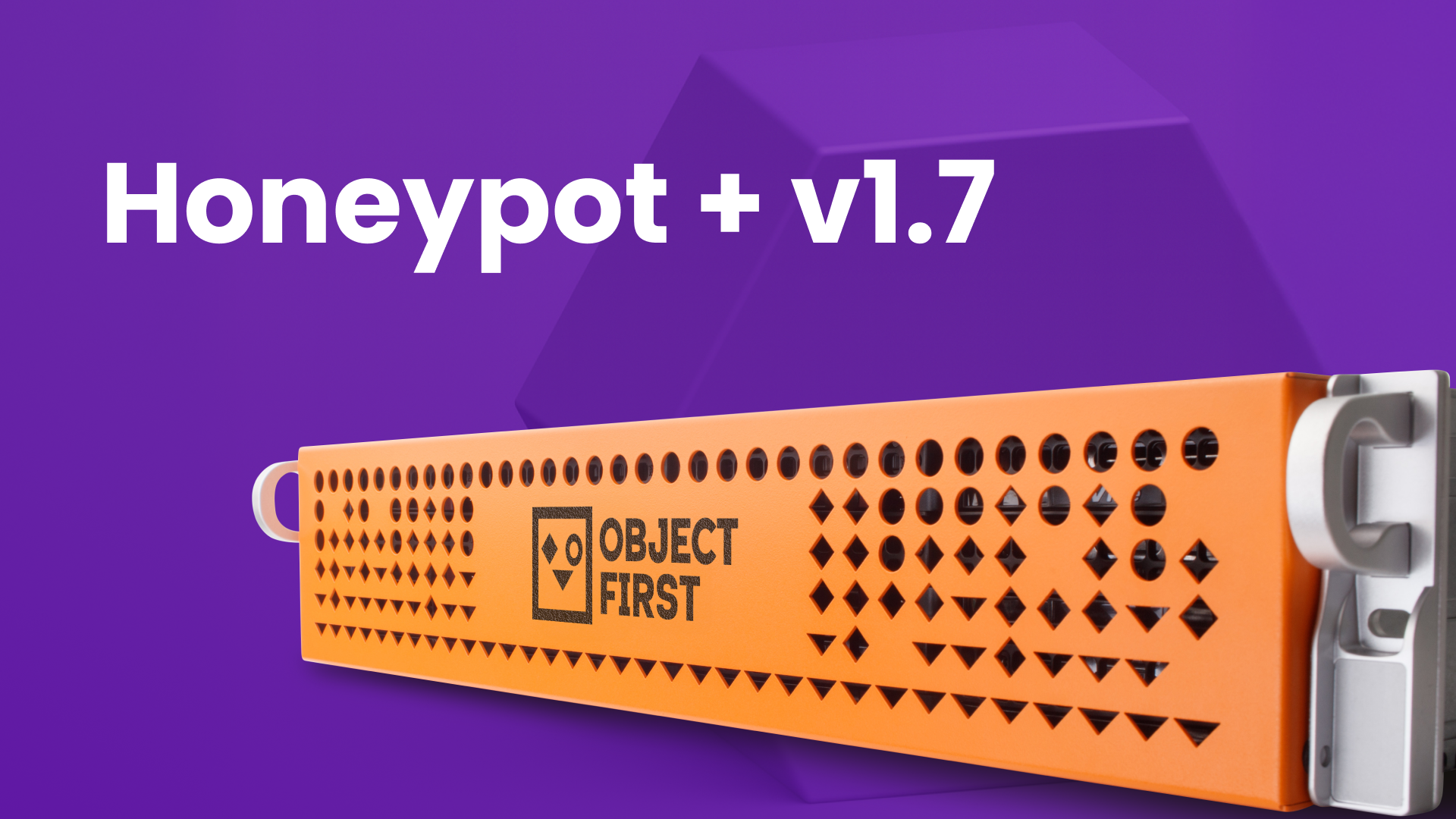SIEM for Dummies
At Object First, we recognize that understanding SIEM is necessary for anyone involved in cybersecurity and IT management. By sharing our knowledge about SIEM, we aim to help organizations implement better security practices and leverage this tool.
That's why we’re excited to announce a new series dedicated to SIEM. This is our inaugural blog post, and until October, we’ll be publishing one article each month covering different aspects of SIEM, including popular tools like Elastic Security, Wazuh, Graylog, and CrowdStrike Falcon.
The goal of this series is educational—to distill complex concepts into easily understandable ideas, helping organizations understand how to implement and benefit from SIEM solutions. Whether you're new to cybersecurity or looking to deepen your knowledge, our series aims to provide clear and useful insights.
What is SIEM?
Security Information and Event Management (SIEM) is a software solution that gathers, analyzes, and reports security-related data across an organization’s network environment. Its primary functions include collecting logs across the entire IT infrastructure, analyzing this data in real-time, correlating events, alerting security teams about potential threats, and providing detailed reports for compliance and review. Essentially, SIEM acts as the centralized nervous system for an organization’s cybersecurity, helping detect and respond to threats before they have a chance to perform destructive actions.
Why is SIEM Important?
Cyber threats are becoming more sophisticated, frequent, and damaging. Traditional security tools don't provide the kind of visibility needed to identify complex attacks before they happen. SIEM provides a centralized platform to monitor all activity within an organization, giving IT administrators visibility into potential security breaches. Additionally, many industries face strict regulatory requirements demanding detailed security reporting and audit trails. Implementing SIEM helps organizations meet these compliance standards while tightening and strengthening their overall security stance.
How Does it Work?
SIEM works in phases, starting with log collection and ending with reporting results:
Log Collection: SIEM starts by gathering data from an organization’s entire IT infrastructure (both cloud and on-premises environments) including servers, firewalls, cloud applications, network devices, and domain controllers.
Normalization: Once the data is collected, it standardizes the values into a uniform structure so that they can be compared to each other unilaterally. Then, SIEM consolidates the information, calculating totals, averages, or other summary statistics in preparation for analyzation.
Event Correlation: The core strength of a SIEM lies in correlating related events. By applying predefined rules and behavior analytics, the system identifies sequences or combinations of activities that may indicate a security threat. Two examples of this could be multiple failed login attempts followed by successful access or linking a compromised account with abnormal network traffic.
Analysis and Threat Detection: Using advanced analytics and machine learning, SIEMs detect anomalies or unusual patterns in real-time. This helps identify zero-day attacks or sophisticated threats that traditional methods might miss.
Alert Generation: When suspicious activity is detected, SIEM generates alerts and notifies security personnel for immediate investigation. Some systems also automate responses, such as blocking IP addresses or isolating affected hosts, to contain threats quickly.
Reporting & Compliance: SIEM compiles detailed reports and dashboards that provide insights into security posture, operational efficiency, and compliance status. This information is vital for audits and regulatory requirements.
Overview of the Next Series Topics
In upcoming blogs, we will explore key tools and frameworks that enhance SIEM capabilities:
Elastic Stack + Elastic Security: A powerful combination that includes Elasticsearch, Logstash (or Fluentd), and Kibana for collecting, storing, and visualizing logs.
Logstash / Fluentd: Tools for gathering and processing log data from various sources.
Kibana: The visualization tool that creates dashboards and insights from log data.
Wazuh, Graylog, CrowdStrike Falcon: Open-source and commercial solutions that add additional SIEM features and integrations.
To Wrap Up
SIEM is an essential component of modern cybersecurity, providing centralized monitoring, threat detection, and compliance reporting. Its core functions—data collection, analysis, alerting, and reporting—are important for defending against cyber threats. By understanding these fundamentals, you're better prepared to explore advanced tools and techniques in the upcoming series.
Stay tuned for our next blog, where we’ll cover Elastic Stack with Elastic Security!



